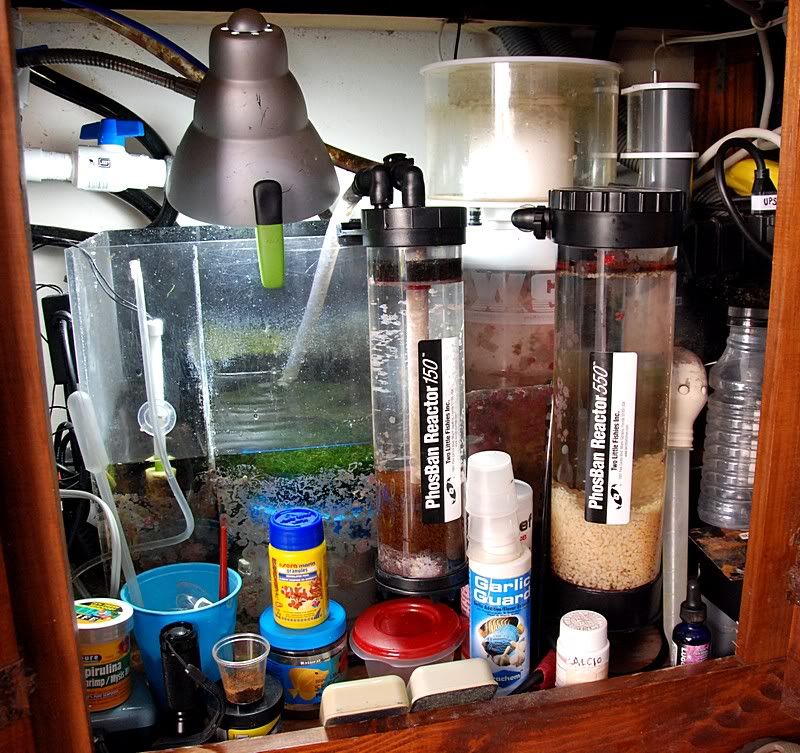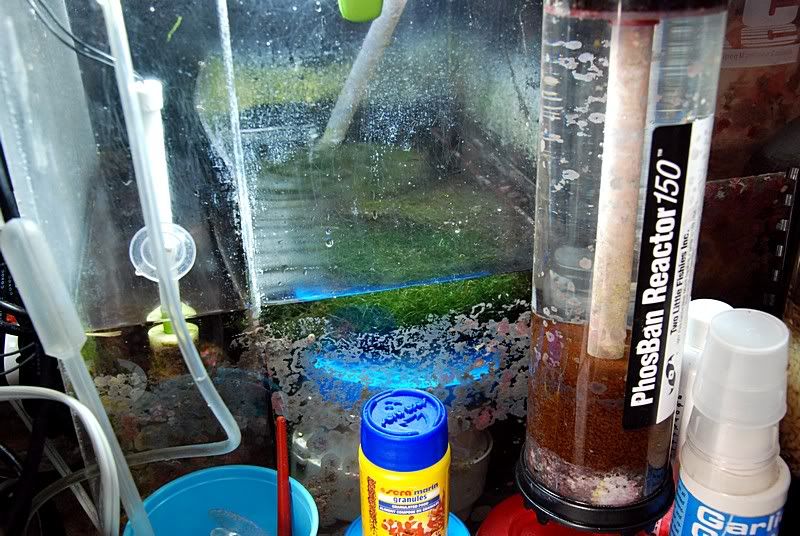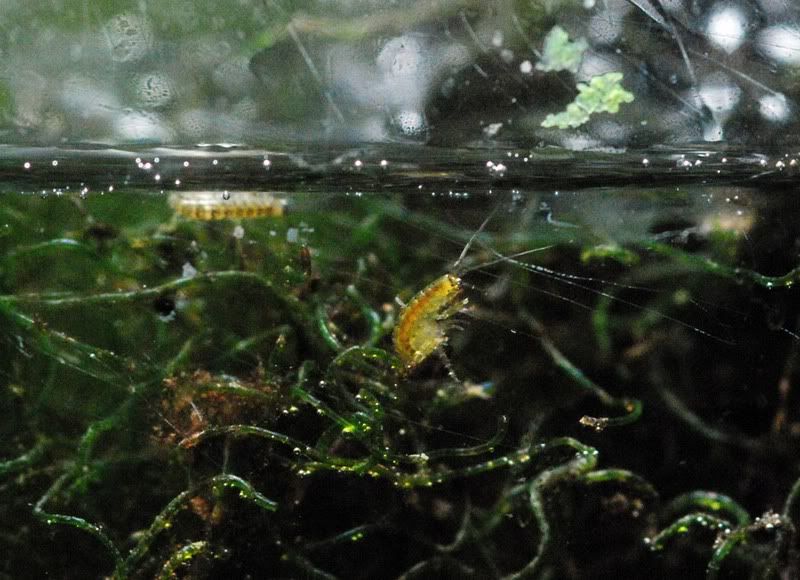nicolebrzu
Member
My ball of chaeto seems to be shrinking over time...
I'm wondering if there is more to growing this stuff than I thought! Is it possible for it to be too close to the light source? (its probably about 8 inches away). Does the water depth matter? (its fully covered with water, but only probably an inch from the water surface). Does water flow matter? I assumed the constant flow of the overflow next to it would be plenty, but I've noticed a layer of cyano on the chaeto here and there. Could this be a flow issue?
In short, how do I keep my chaeto growing?
I'm wondering if there is more to growing this stuff than I thought! Is it possible for it to be too close to the light source? (its probably about 8 inches away). Does the water depth matter? (its fully covered with water, but only probably an inch from the water surface). Does water flow matter? I assumed the constant flow of the overflow next to it would be plenty, but I've noticed a layer of cyano on the chaeto here and there. Could this be a flow issue?
In short, how do I keep my chaeto growing?



